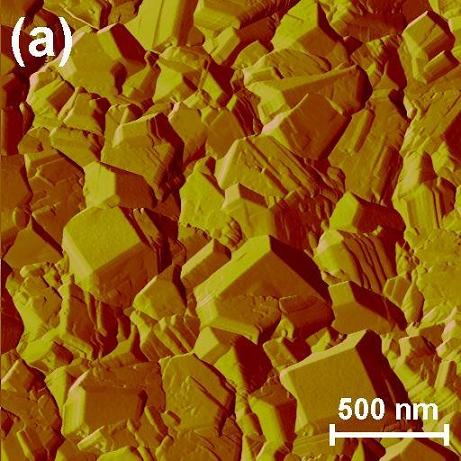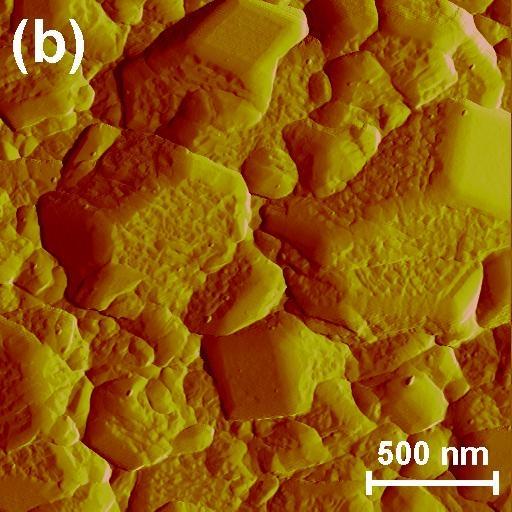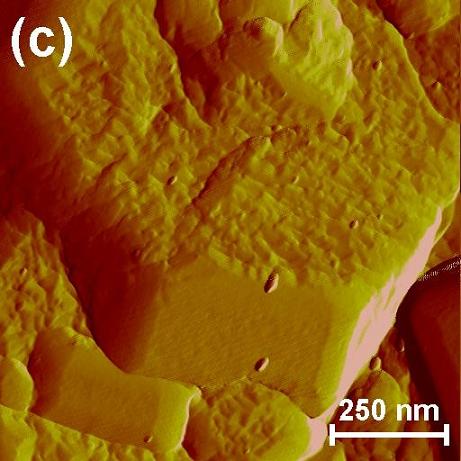will stay in space for a year and will be returned to the Technion for the purpose of testing possible effects on them from the destructive space environment; Their suitability for future applications in satellites will also be tested

The space shuttle "Atlantis" brought to the International Space Station two diamonds that were grown in the laboratories of the Faculty of Chemistry at the Technion. During the month of December, the diamonds were taken out of the space station to "wander" outside on their own and in a year they will be returned to Earth, upon their return a possible effect on them from a destructive space environment that contains atomic oxygen that eats away at carbon-based materials will be tested. Diamonds are indifferent to a corrosive chemical atmosphere, therefore according to their resistance in experiments in the laboratory and in space, their suitability for future applications in satellites will be tested.
As part of his doctoral thesis, doctoral student Zev Spielman investigates the interaction between a simulated space environment he creates in the laboratory, and the diamond, which is the hardest material in nature. The work is being done under the direction of Professor Alon Hoffman and Dr. Joan Adler from the Technion, and Dr. Irina Guzman from the Sorek Nuclear Research Center. Dr. Guzman did her doctoral thesis under the guidance of Professor Alon Hoffman. She and Ze'ev are part of a group at Sorek University of Medical Sciences that studies the behavior of materials in a space environment. The materials have to be durable for many years during which the satellite stays in orbit, at an altitude of 200-800 kilometers above the Earth.

Zeev Spielman is testing the possibility of using artificial diamonds in a satellite. "Future uses of diamond in space could be optically transparent heat-conducting coatings, radiation detectors and more," he explains. "Our goal is to cooperate with MMG Sorek researchers, in developing a diamond coating for a space environment."
On the surface of the earth there are already uses of diamond coating, which are very durable and their heat conduction is good. "In order to put something into space, you must first know what will happen to it there," explains Professor Hoffman. "That's why we simulated a space environment in the laboratory and it did turn out that the diamonds are resistant to a simulated space environment. Now we are testing it in the real environment."
In an article published by Professor Hoffman, Dr. Guzman and their student Zeev Spielman in the scientific journal Applied Physics Letters, they told of their discovery that if a diamond is grown in a laboratory in a certain direction and in a slow and orderly way - the diamond will then be more durable. Following the collaboration with Professor Tim Minton from the University of Montana in the USA, they gave him two diamond models grown in the Technion laboratories and he passed them on to NASA. Now the Technion diamonds are "wandering" in space, with "neighbors" like future materials for space suits. At the end of a year, the diamonds and other materials will be returned to the space station and from there they will arrive in Israel on one of the space shuttles.

"Our diamonds are made of carbon 13 (isotopic carbon) and this will allow us to test free of possible effects of carbon that may be in space," the Technion researchers explain.

One response
And maybe there is also isotopic carbon in space?